African safaris have been around for a long time, and while it has evolved from a purely trading/hunting activity to one that focuses on observing/studying animals and nature in their natural habitat, luxury safaris only really began in the 70s-80s. Its major distinguishing feature was the incorporation of modern comforts and activities in modern settings, but now, this is about to change.
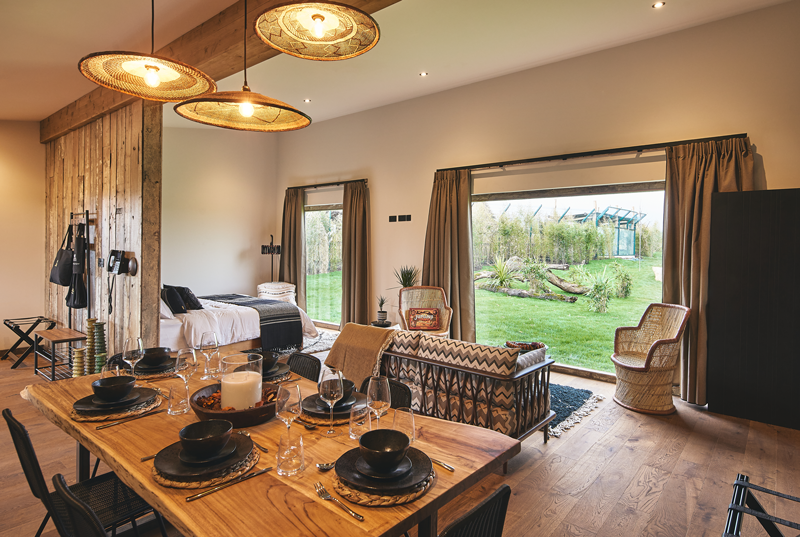
In the last decade or so, luxury African safaris have made a subtle move from fully-fitted thatched tents to truly luxurious lodges featuring wooden facades. However, this is just one of the numerous changes this niche is undergoing . If you’re booked on one of such safaris, here are some transformations to look out for
Contemporary, innovative designs
For a long time, African safari lodges were designed to imitate their surroundings. Interiors featured earthy colour palettes, and even furniture took inspiration from the surrounding flora and fauna.
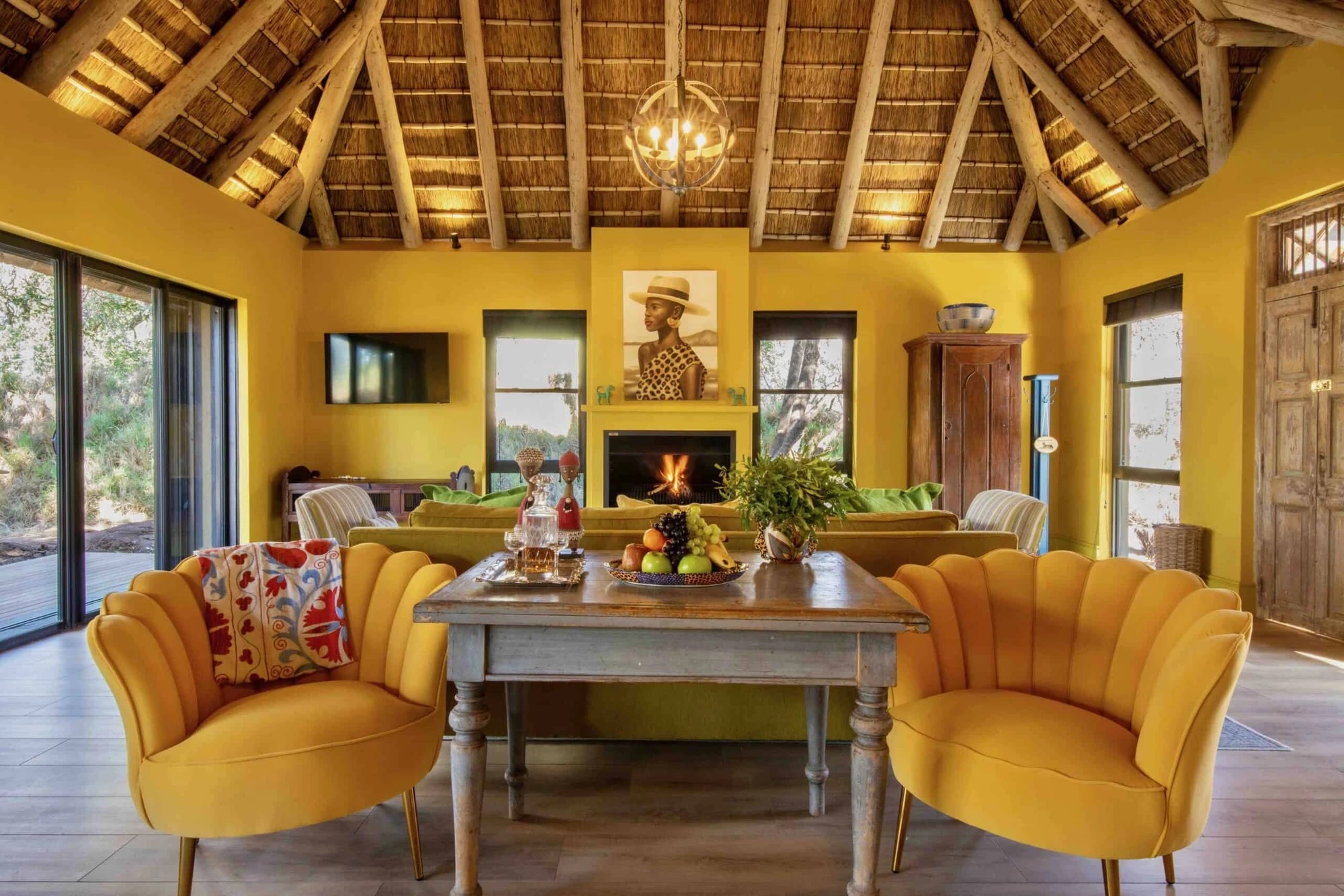
Today, the interiors of luxury safari lodges range from colourful — like the Waterside House at the Royal Melewane designed by Liz Biden and featuring natural (but non-traditional) colours such as the electric blue of a malachite kingfisher, the dusty pink of an impala lily and the burnt orange of a Lebombo aloe – to stylish modern — like the newly revamped AndBeyond Grumeti Serengeti River Lodge in Tanzania built on a frame of light-gauge steel covered in natural textures of rough canvas, banana fibre and sustainably-sourced local hardwoods.
Then there is the Baobab Safari lodge, a concept designed by MASK Architects that puts sustainability at the front and heart of the safari experience. Each modular lodge, whose design is inspired by the ancient baobab tree, is capable of producing its own water through an ‘Air to Water’ technology that converts humidity from the surrounding atmosphere to water using solar energy.
Modern ‘green’ technology
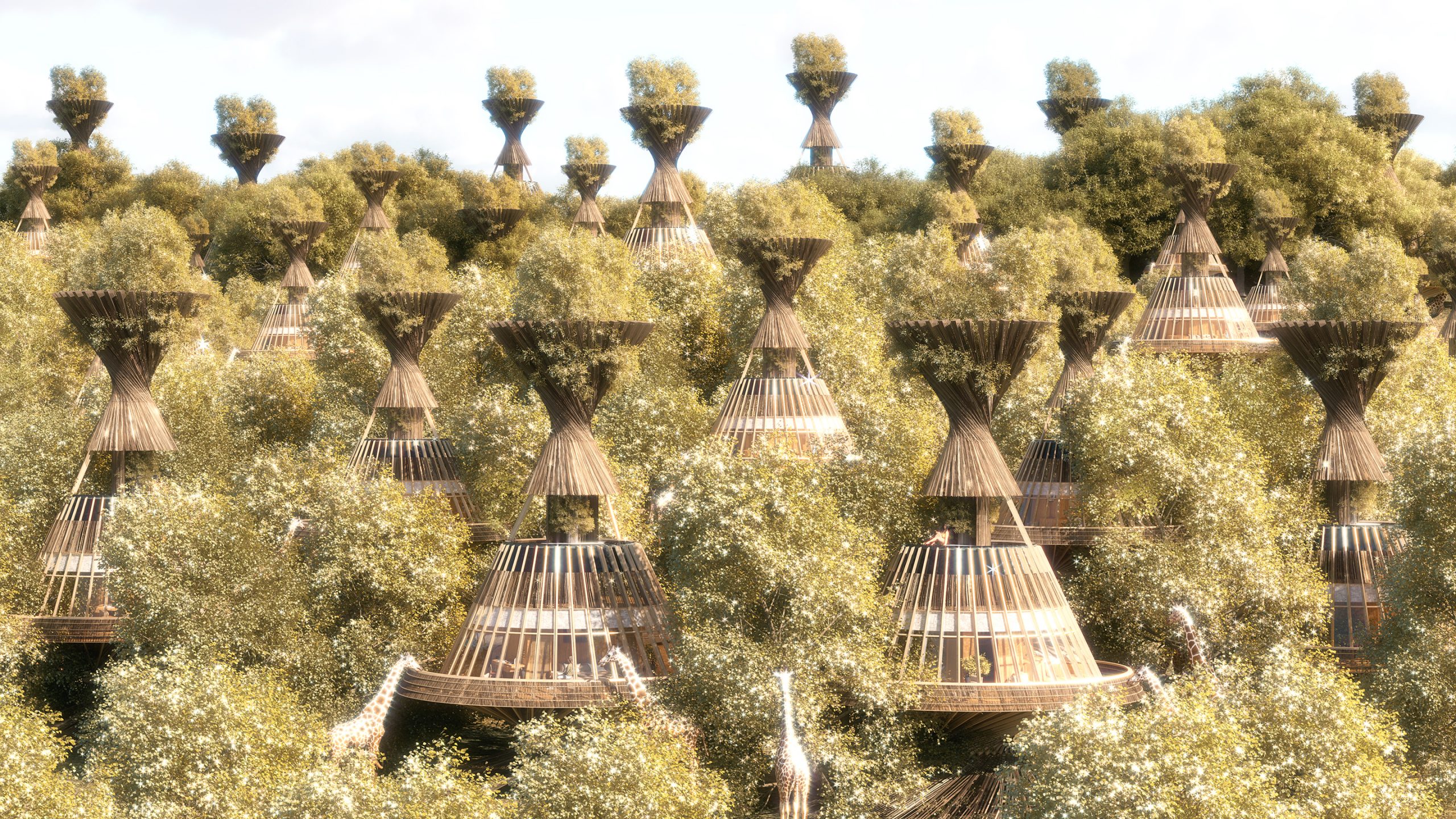
When it comes to incorporating greenhouse gas emission reducing tech, African luxury safaris are the leaders on the continent. An increasing number of these safaris are ditching diesel vehicles for solar-powered rides, while others run solely on solar energy, like Botswana’s Xigera Safari Lodge.
Increased and creative inclusion of the local community
It has always been the case that safari lodges would source for raw materials and even furniture from the community they are situated in. Luxury safari lodges these days are doing more to incorporate the works of local artisans, artists and other professionals.
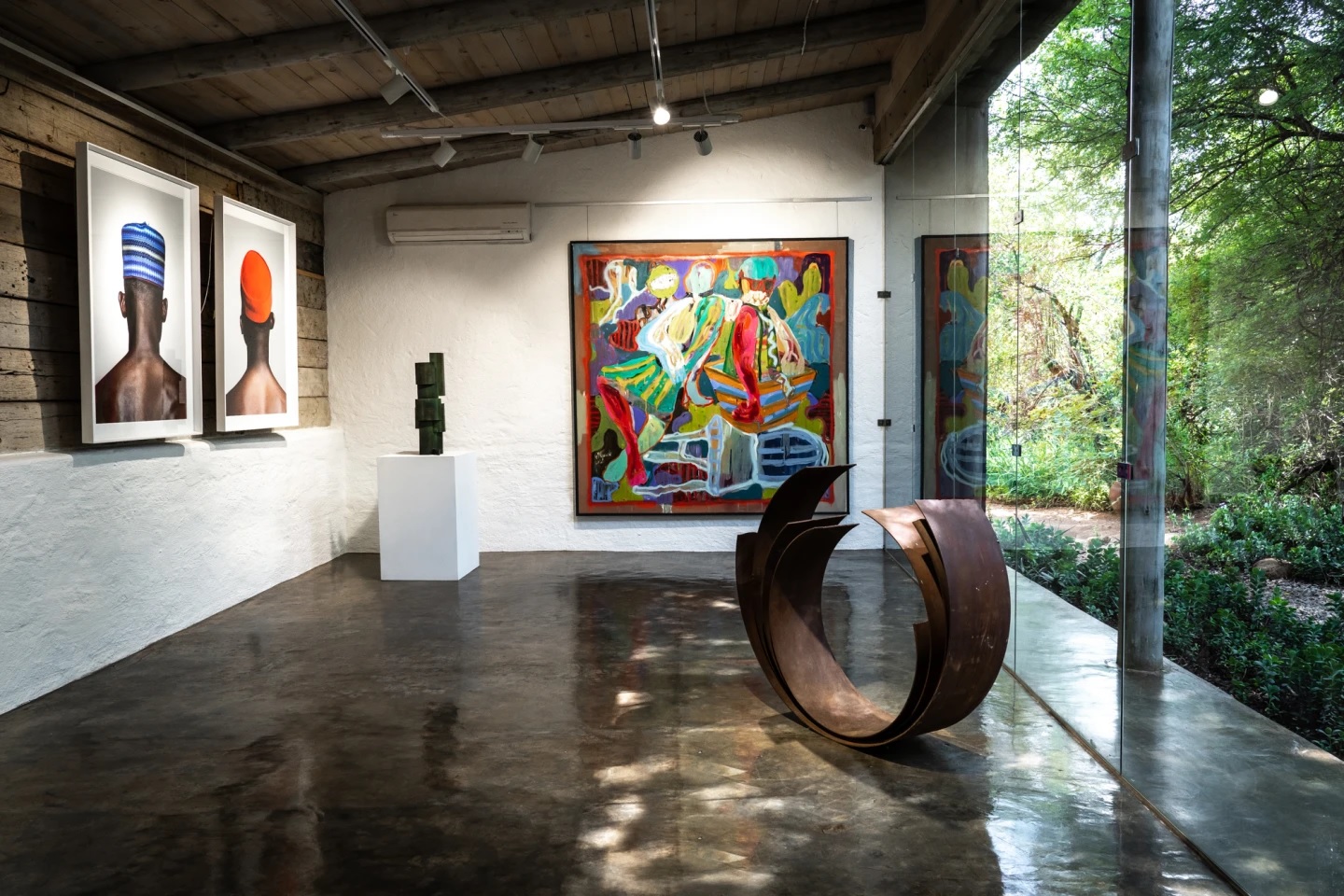
In 2022, Singita debuted its premier art galleries, first at the Singita Sabi Sand safari resort and later at the Singita Kruger National Park, to “celebrate Africa’s rich cultural heritage, its unique places and people, and the beautiful stories and experiences that have shaped who they are.”
Others, like the Molori Safari in South Africa’s Madikwe Game Reserve, continue to feature more works from local artisans in creative ways. Working with five South African artists, designer Andrea Kleinloog reinterpreted their artwork as colourful rugs which in turn were woven by a local textile mill.
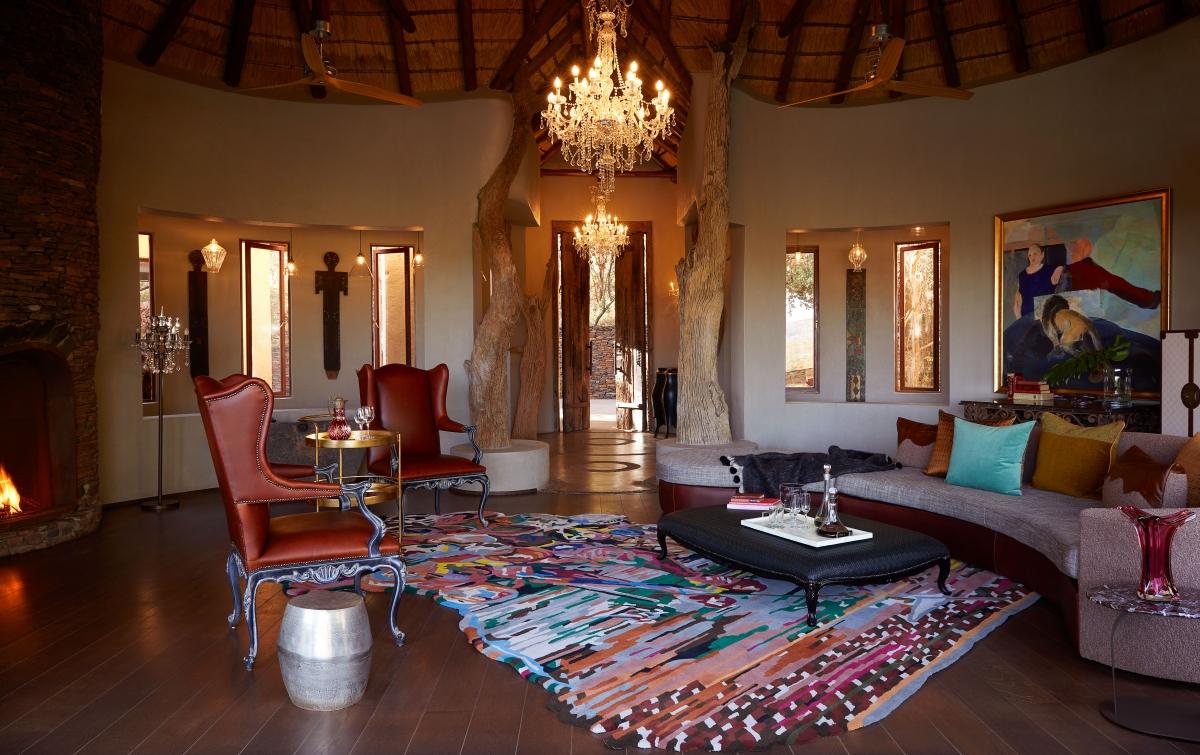
African luxury safaris would continue to be a top vacation idea for just about anybody looking to do more than sit back and relax for days. Be ready, however, to enjoy more than the wildlife, the scenery or the experience of a new culture.
